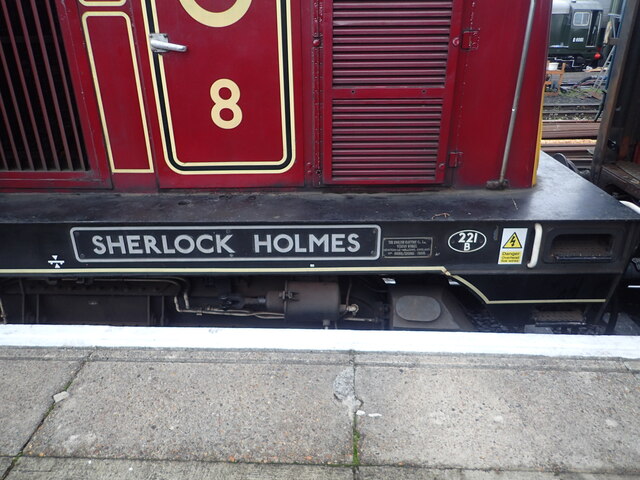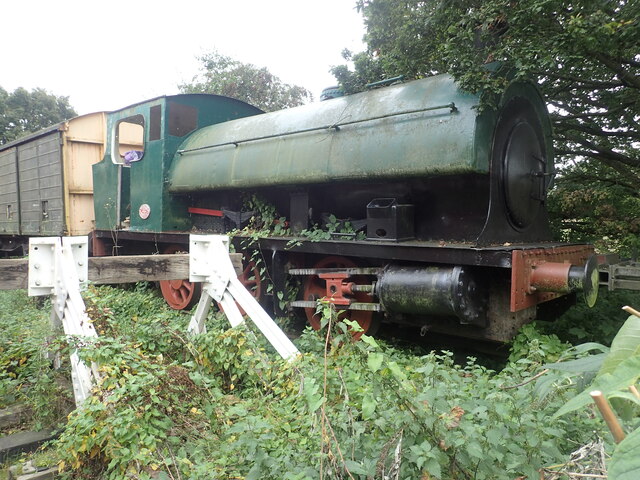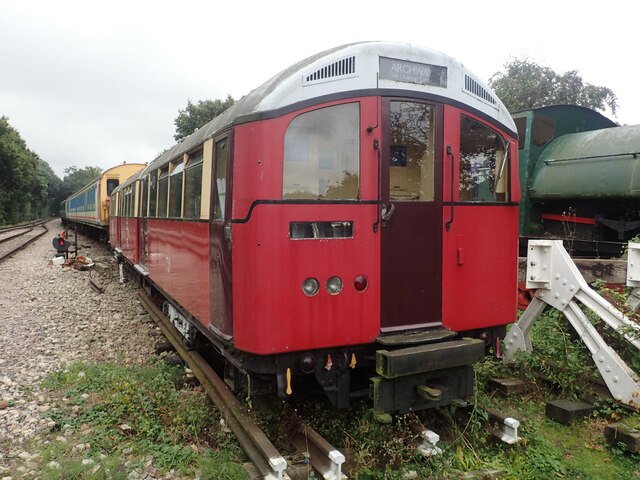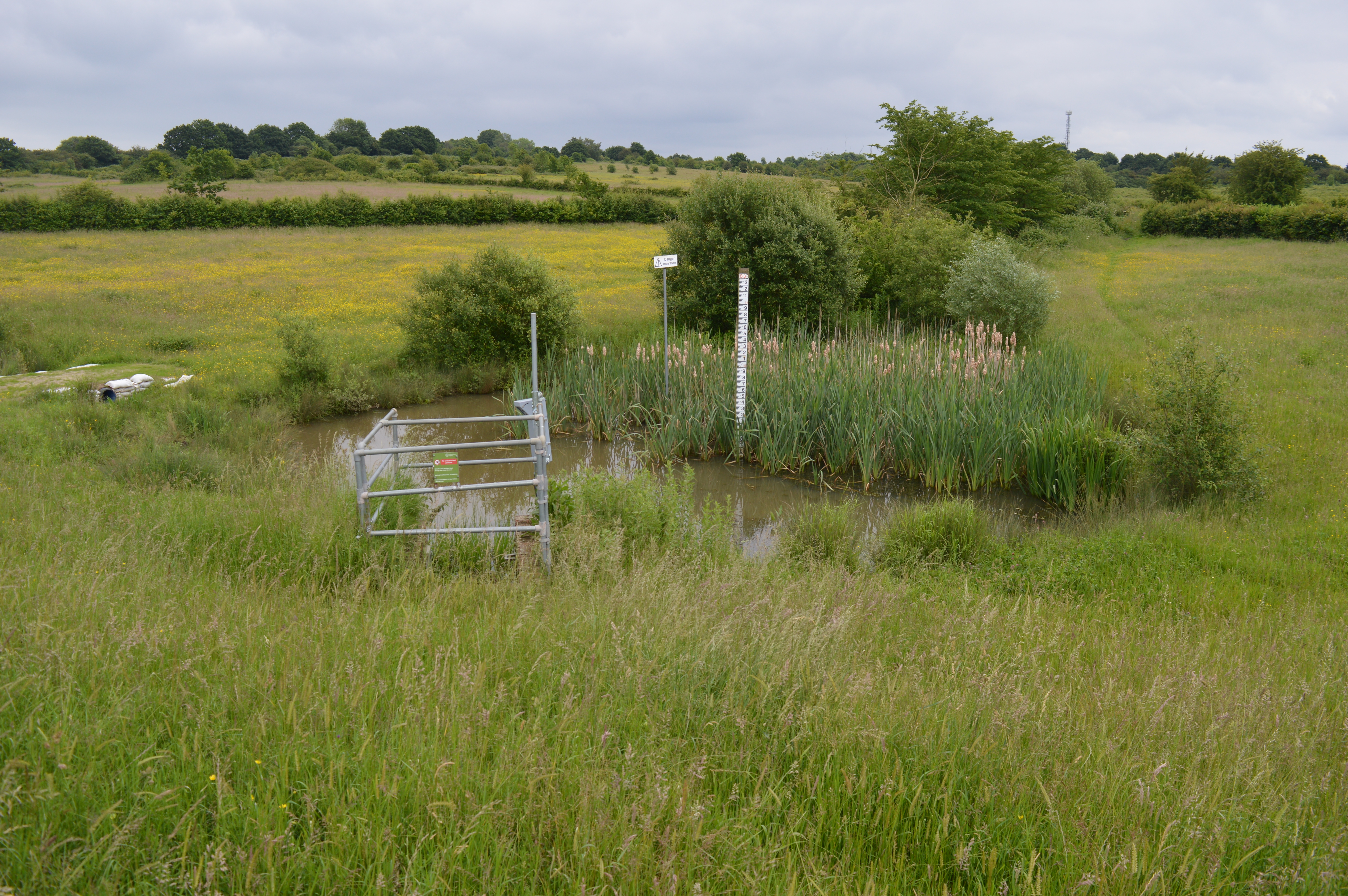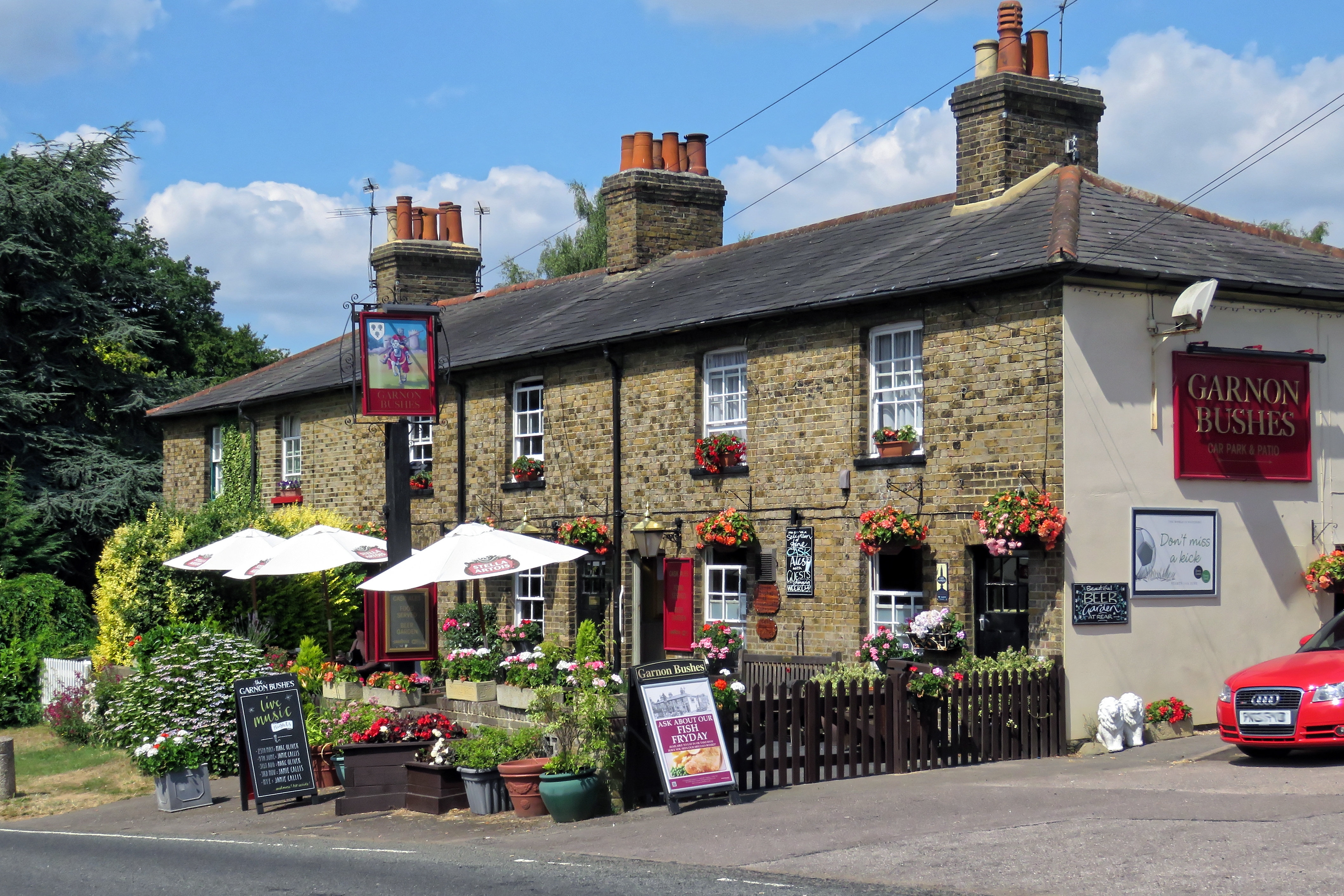Mount Wood
Wood, Forest in Essex Epping Forest
England
Mount Wood
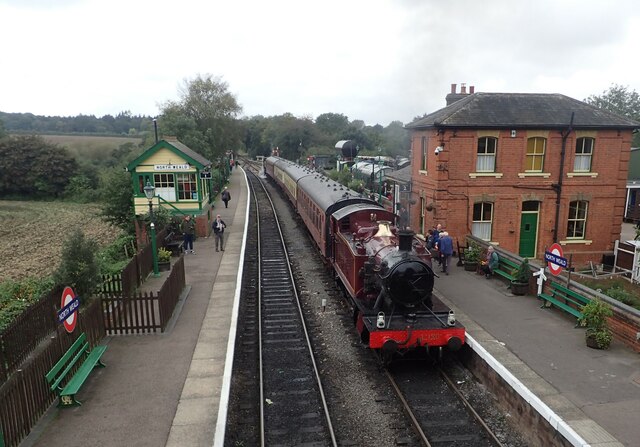
Mount Wood is a prominent geographic feature located in the county of Essex, England. Standing at an elevation of approximately 120 meters (394 feet), it is situated within the expansive landscape of Epping Forest. Mount Wood is known for its lush greenery, dense woodland, and tranquil surroundings, attracting visitors from near and far.
Covering an area of around 50 hectares (123 acres), Mount Wood is home to a diverse range of flora and fauna, making it a haven for nature enthusiasts and wildlife admirers. The forest is primarily composed of deciduous trees, including oak, beech, and birch, creating a picturesque and vibrant environment throughout the year. The wood is also interspersed with open meadows, providing a delightful contrast to the dense canopy.
The site offers various recreational activities, with a network of well-maintained trails and footpaths for walking, hiking, and cycling. These trails meander through the wood, offering visitors a chance to explore its natural beauty while enjoying the fresh air and peaceful ambiance. Additionally, Mount Wood provides ample space for picnics, making it an ideal spot for families and friends to gather and relax amidst nature.
As the seasons change, Mount Wood transforms into a visual spectacle, with vibrant autumn colors, crisp winter landscapes, blooming spring flowers, and the lush greenery of summer. The site is also home to a rich array of wildlife, including deer, foxes, rabbits, and a variety of bird species, making it a popular destination for birdwatchers and wildlife photographers.
Overall, Mount Wood in Essex is a cherished natural gem, offering a serene escape from the hustle and bustle of urban life, and providing visitors with a chance to reconnect with nature in a breathtaking setting.
If you have any feedback on the listing, please let us know in the comments section below.
Mount Wood Images
Images are sourced within 2km of 51.701198/0.15961865 or Grid Reference TL4902. Thanks to Geograph Open Source API. All images are credited.

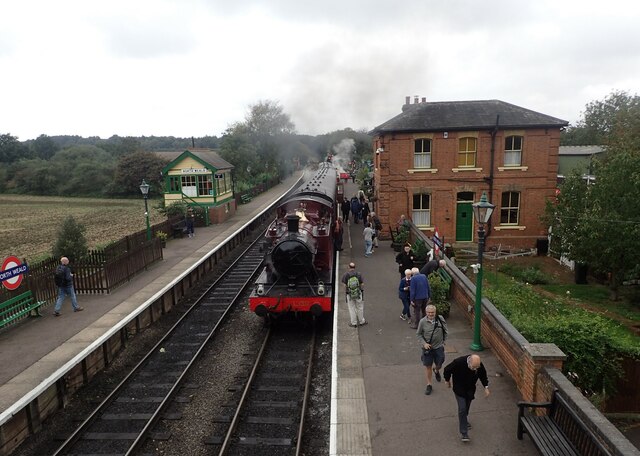
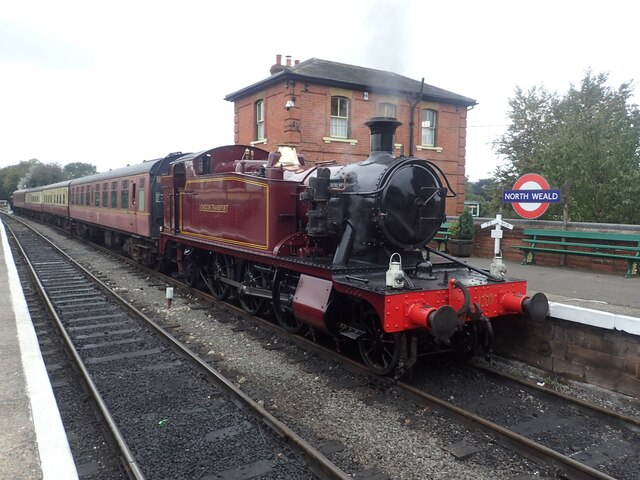
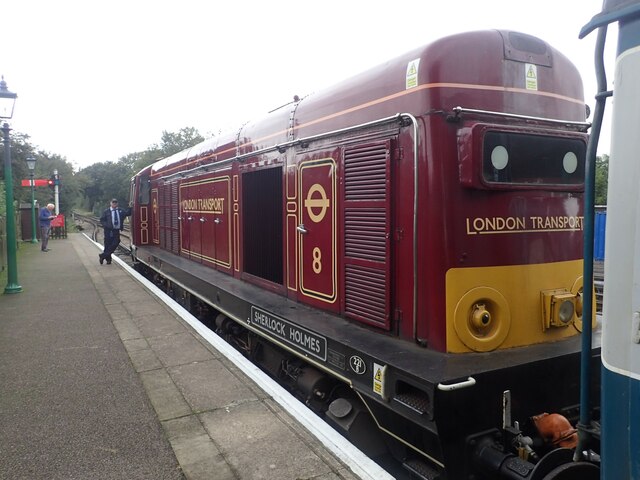
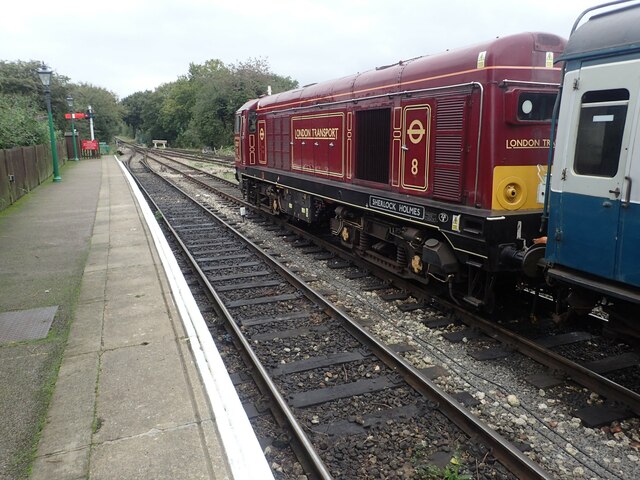
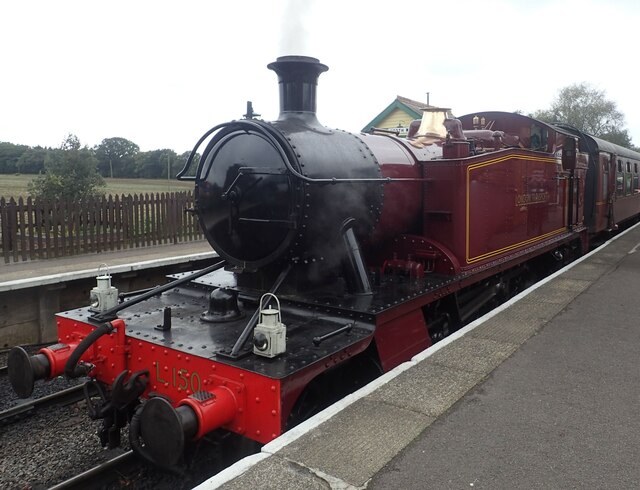
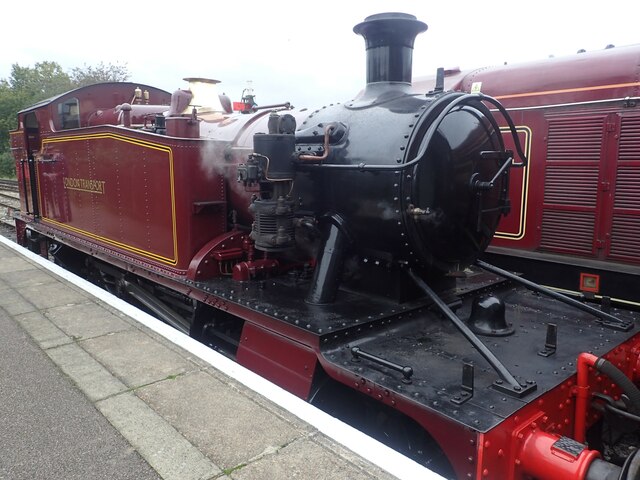
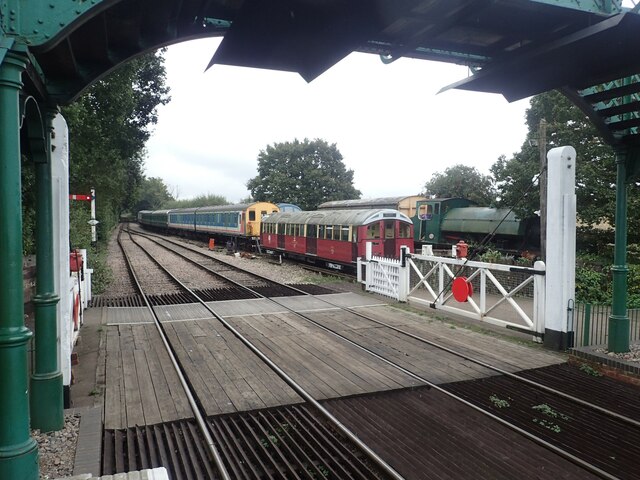
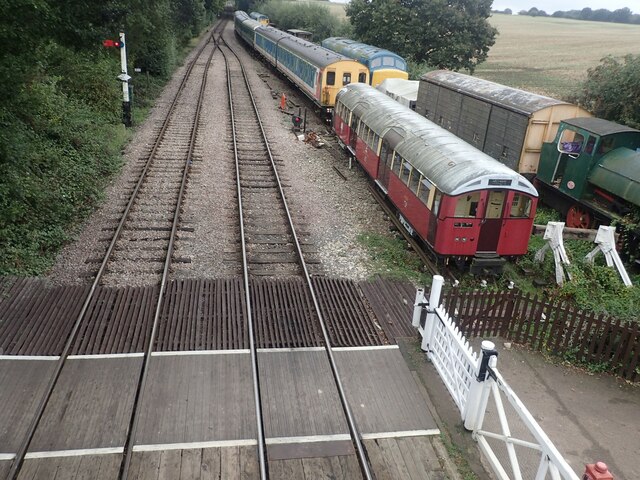
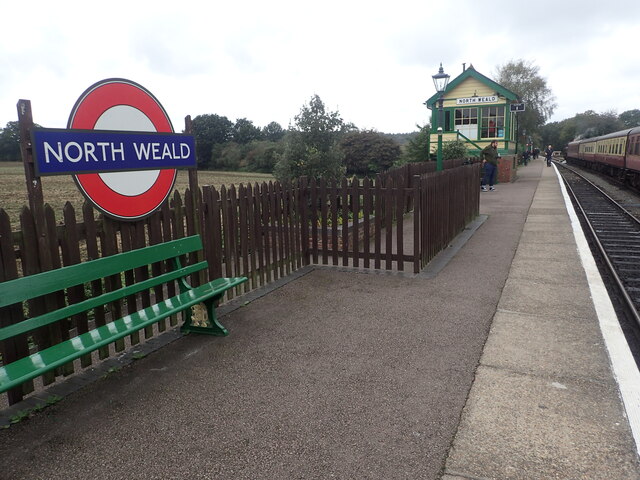
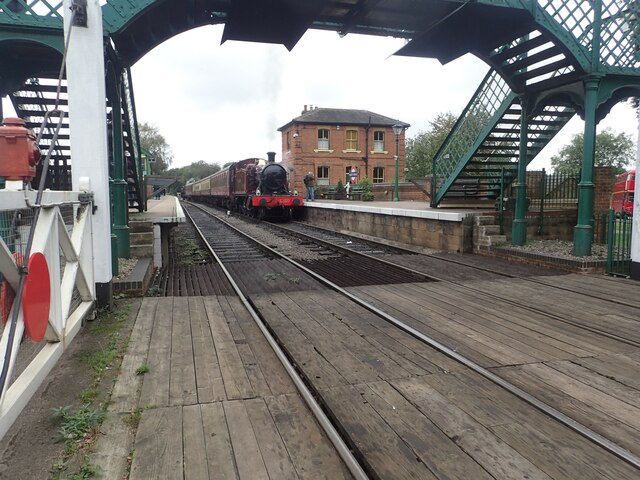
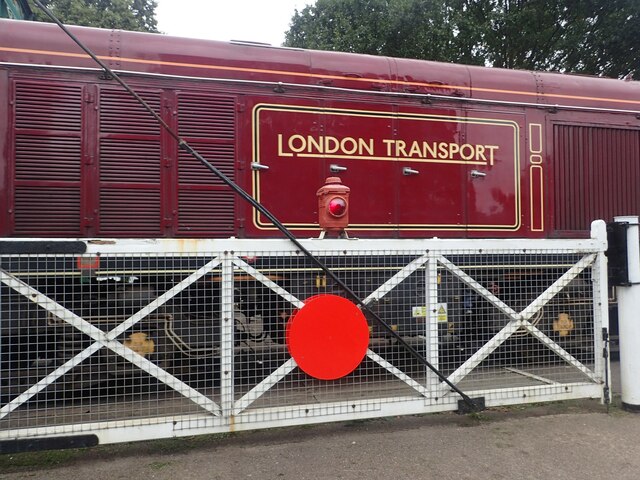
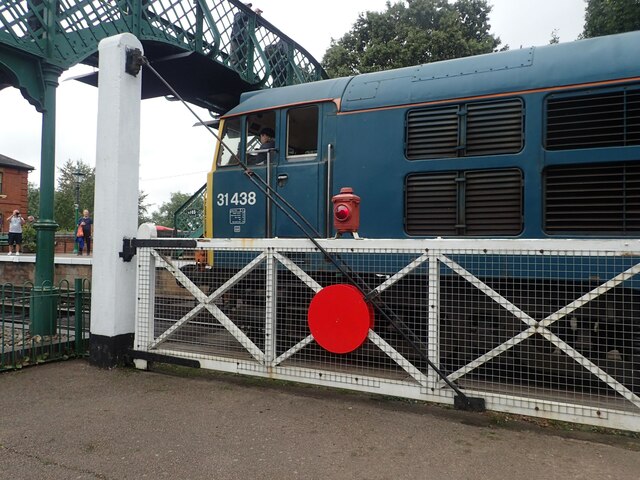
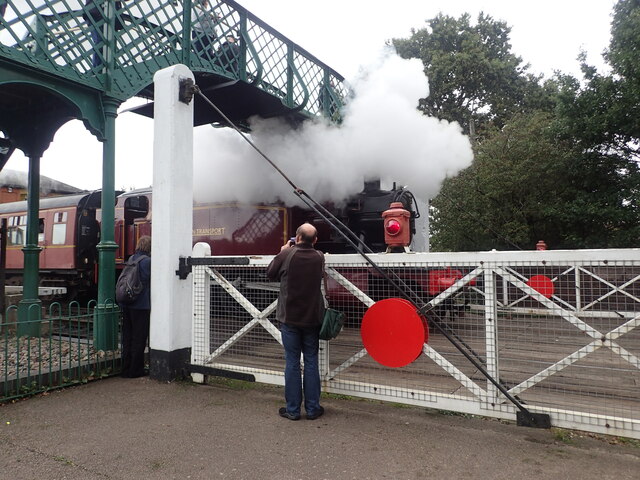
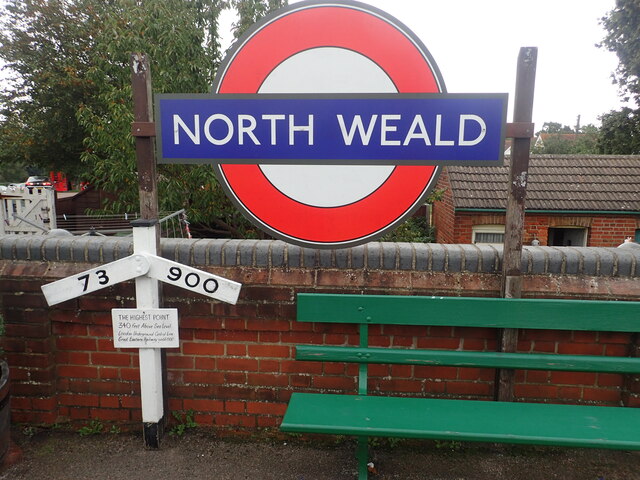
Mount Wood is located at Grid Ref: TL4902 (Lat: 51.701198, Lng: 0.15961865)
Administrative County: Essex
District: Epping Forest
Police Authority: Essex
What 3 Words
///pipes.loving.vague. Near Epping, Essex
Nearby Locations
Related Wikis
Colliers Hatch
Colliers Hatch, is a hamlet in the civil parish of Stapleford Tawney in the Epping Forest district of the county of Essex, England. It is approximately...
North Weald railway station
North Weald railway station is on the Epping Ongar Railway, a heritage railway, located in North Weald, Essex. The station was opened in 1865 by the Great...
Roughtalley's Wood
Roughtalley's Wood is a 3.4 hectare Local Nature Reserve in Theydon Garnon parish in Essex, England. It is owned and managed by Epping Forest District...
Tawney Common
Tawney Common also known as Woodhatch, is a hamlet in the civil parish of Stapleford Tawney in the Epping Forest district of the county of Essex, England...
Weald Common Flood Meadows
Weald Common Flood Meadows is a 1.9 hectare Local Nature Reserve in North Weald Bassett in Essex. It is owned and managed by Epping Forest District Council...
Gernon Bushes
Gernon Bushes is a 32 hectare nature reserve north-east of Epping in Essex. It is managed by the Essex Wildlife Trust. It is part of the Epping Forest...
Mount End
Mount End is a hamlet in the civil parish of Theydon Mount, in the Epping Forest district, in the county of Essex, England. == Transport == Mount End is...
Coopersale
Coopersale, also termed Coopersale Common, is a village in the civil parish of Epping, within the Epping Forest District of Essex, England. In 2018 it...
Nearby Amenities
Located within 500m of 51.701198,0.15961865Have you been to Mount Wood?
Leave your review of Mount Wood below (or comments, questions and feedback).
